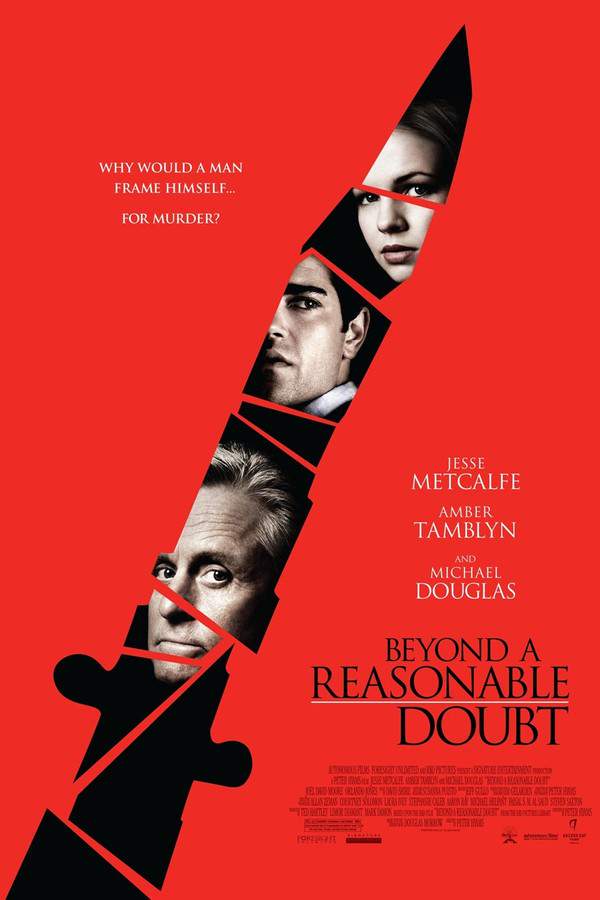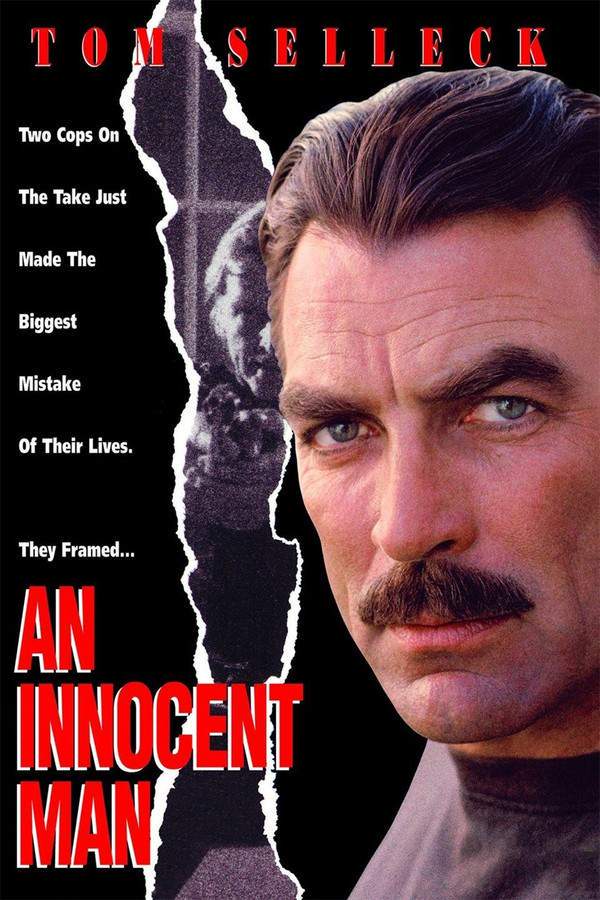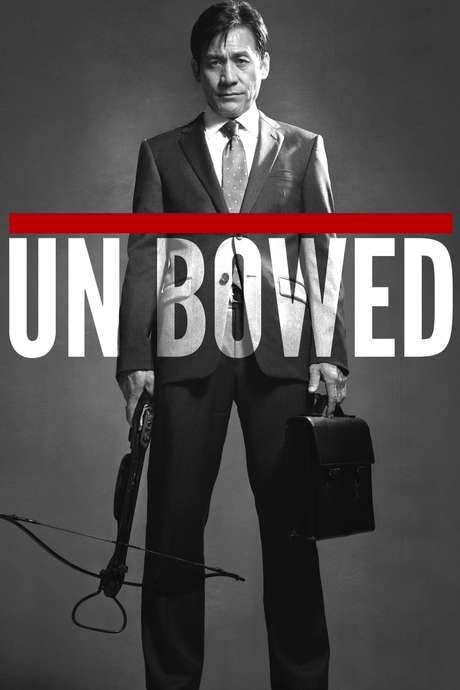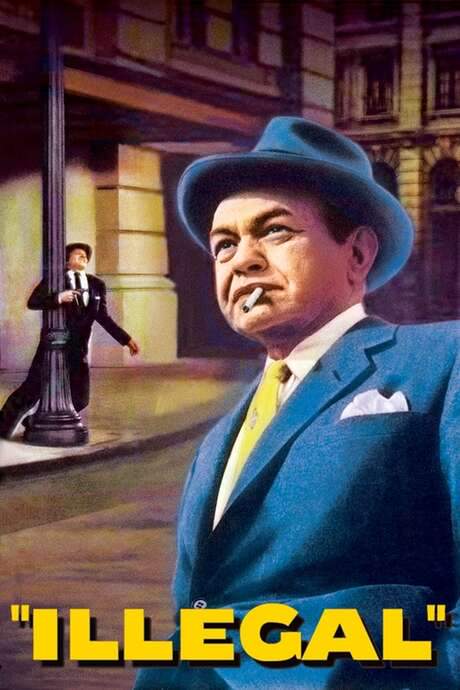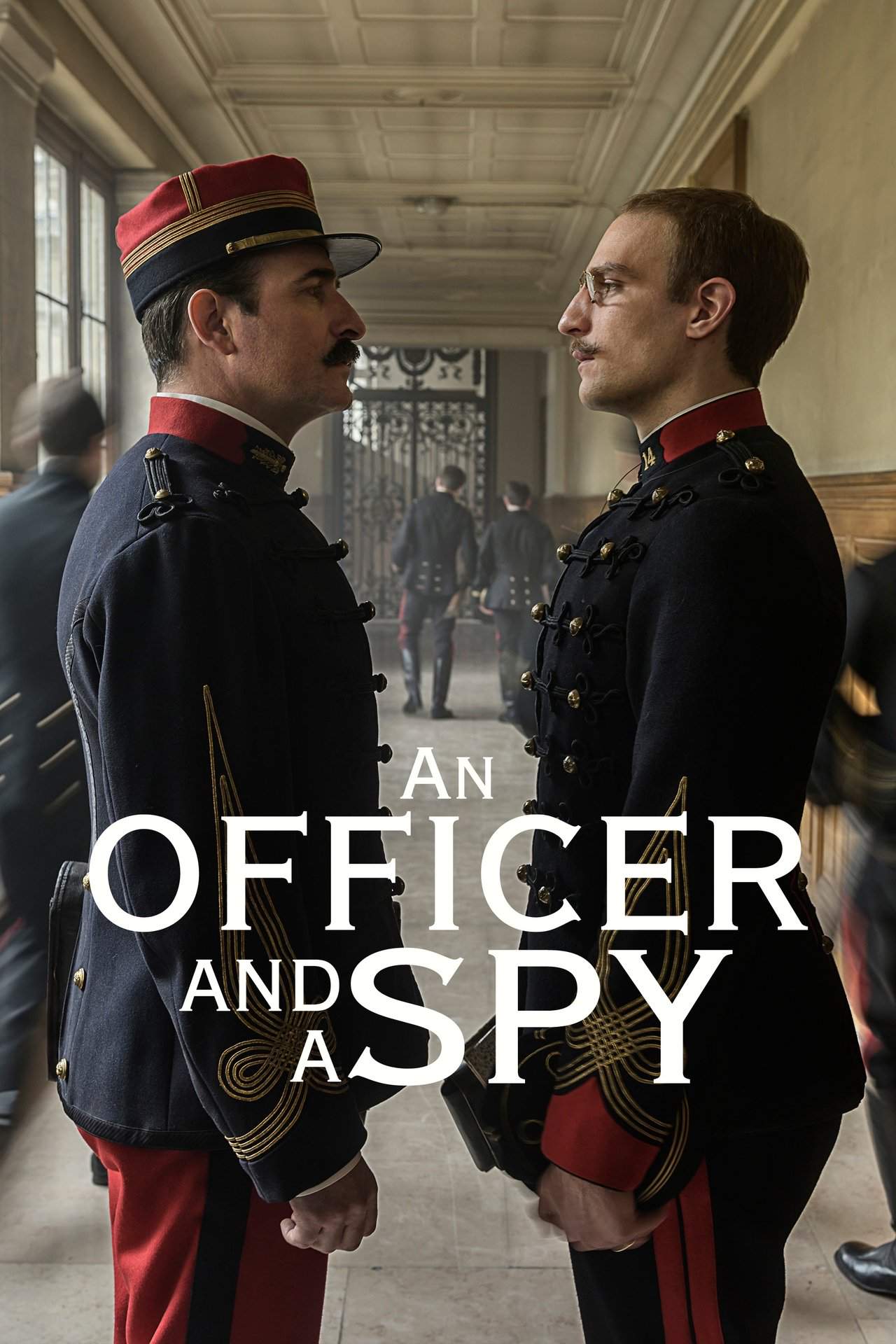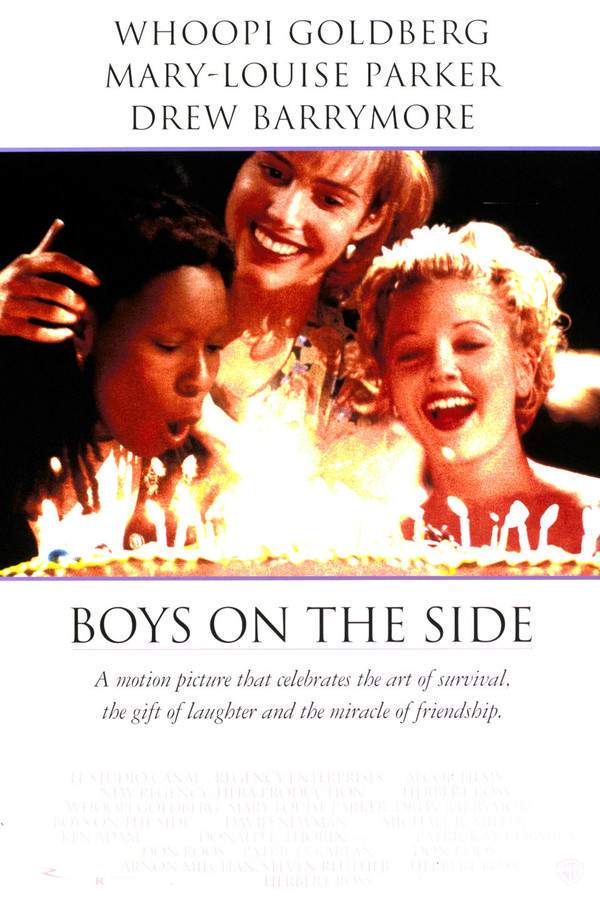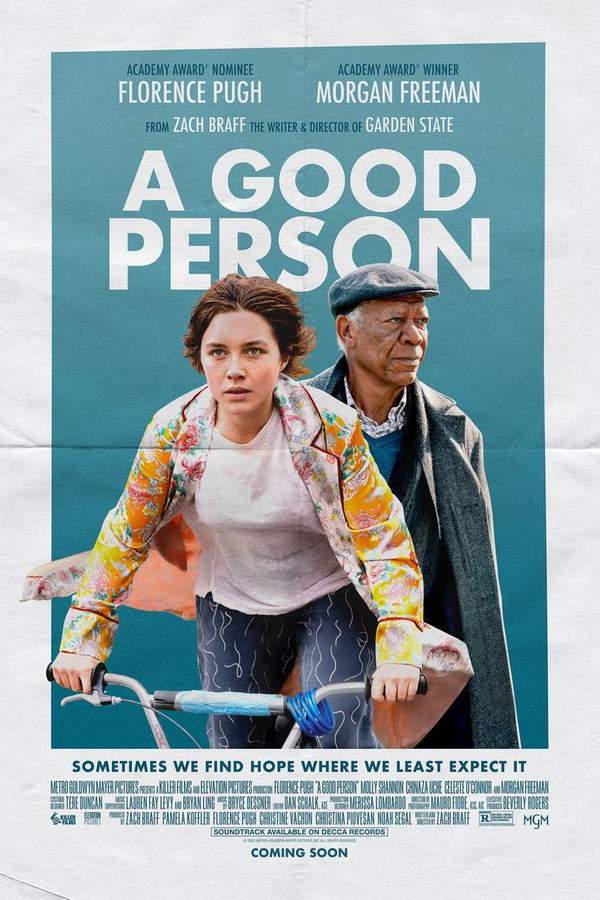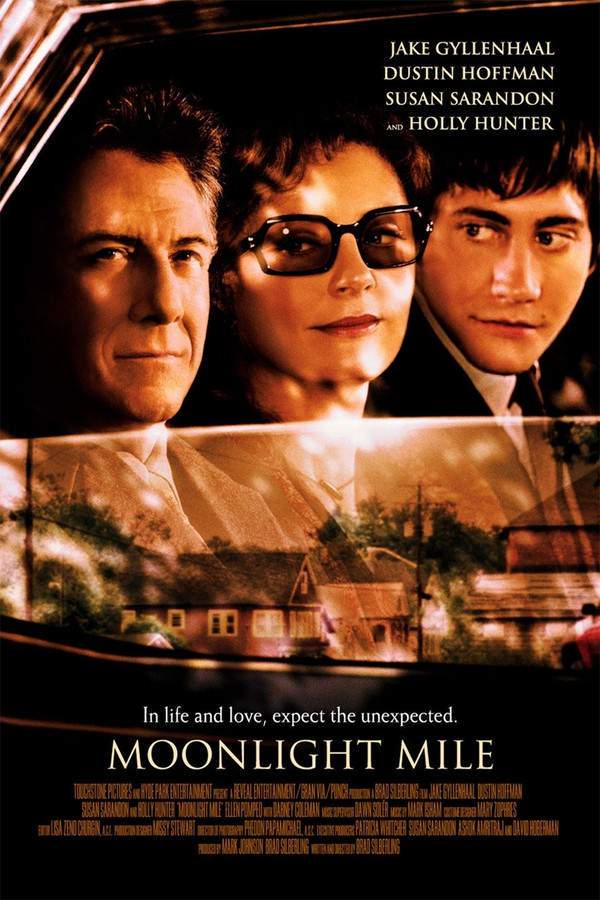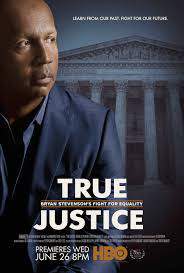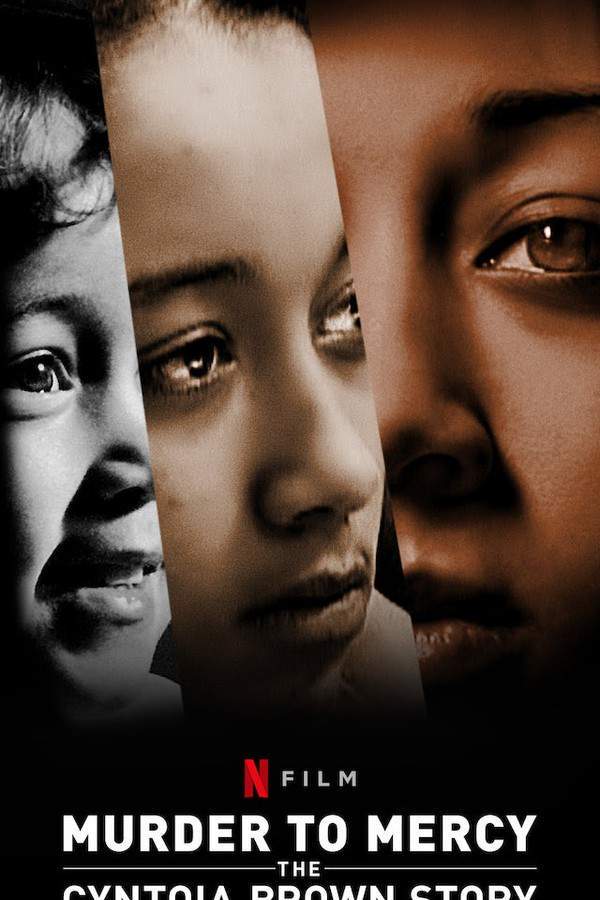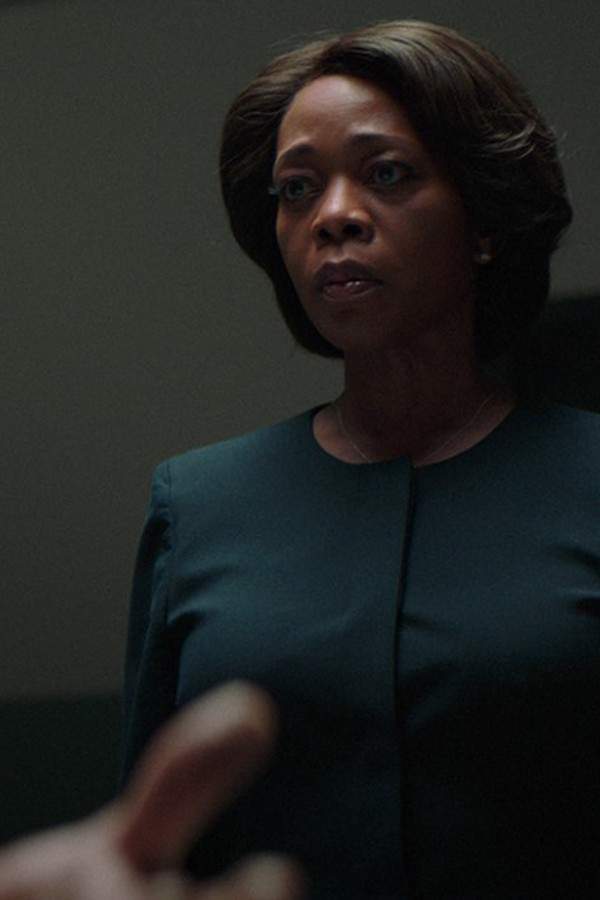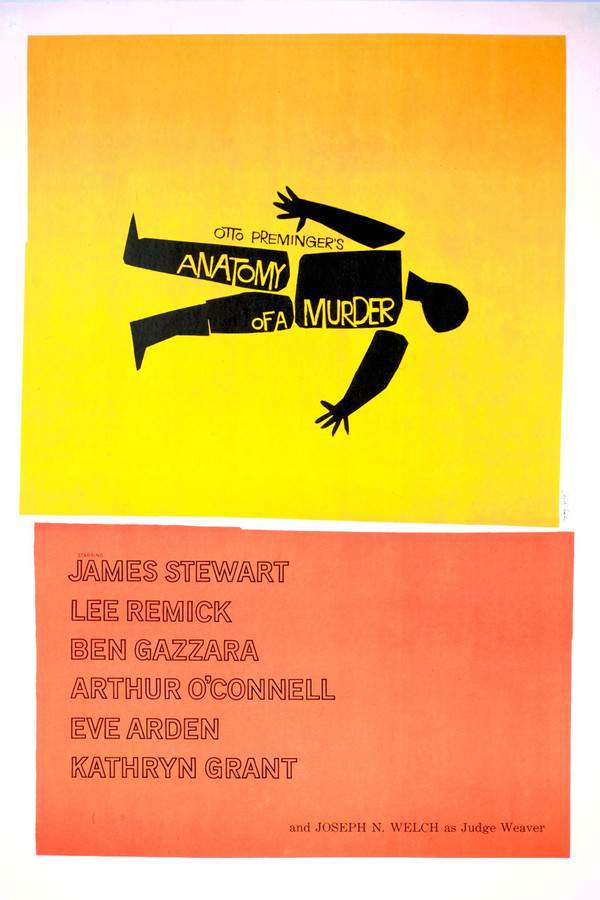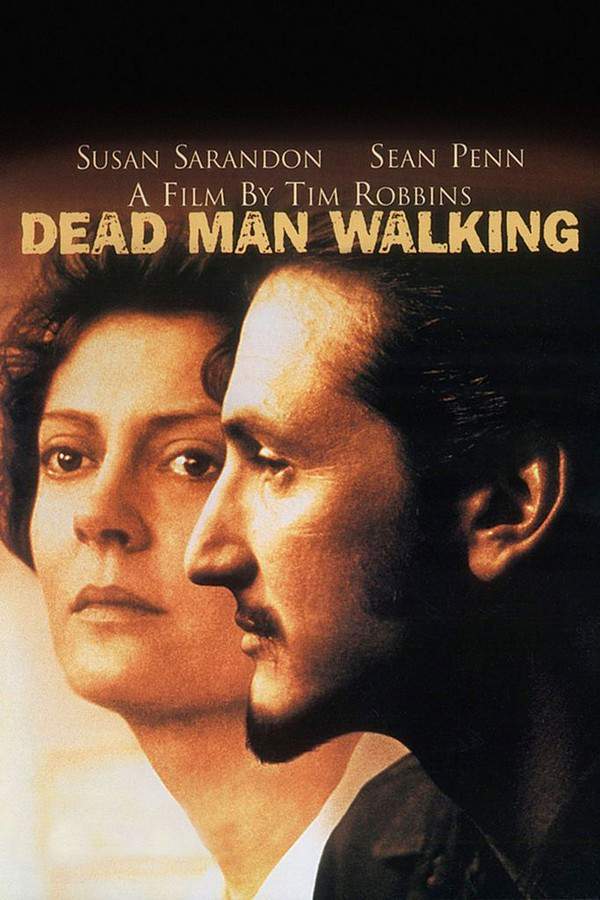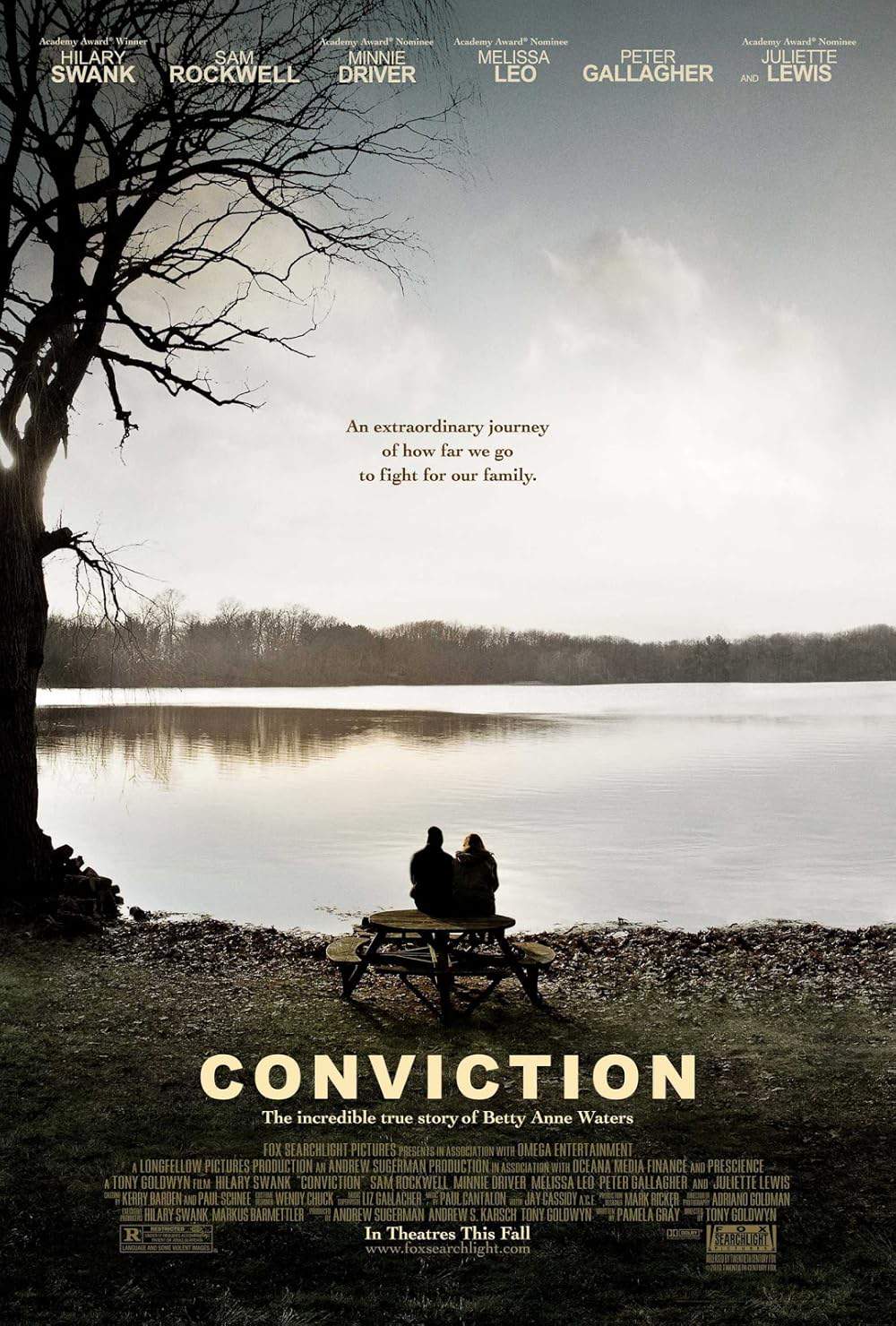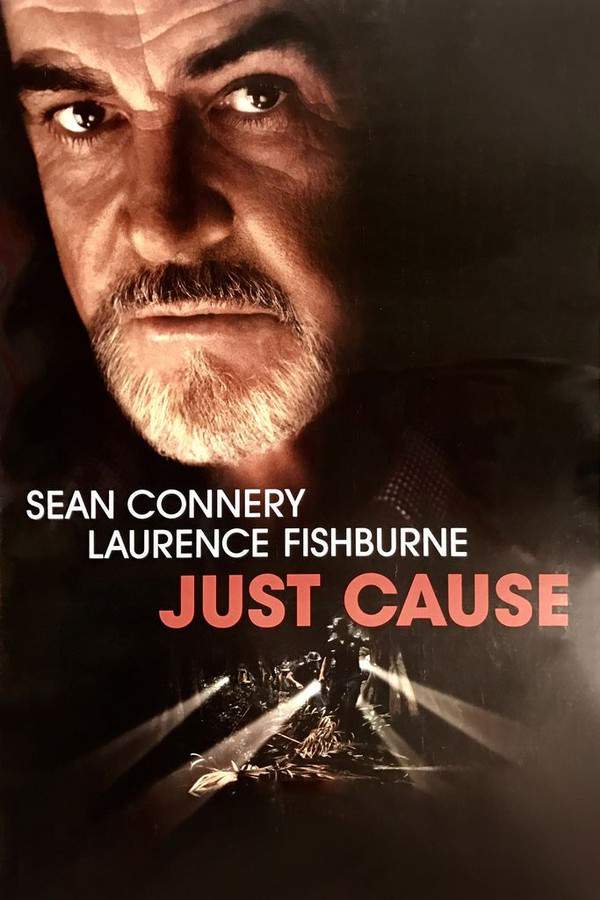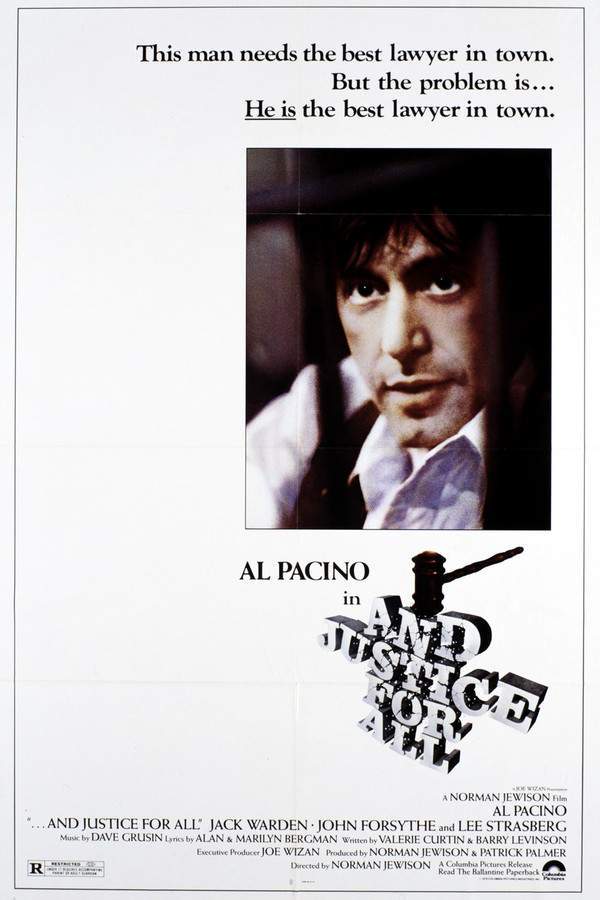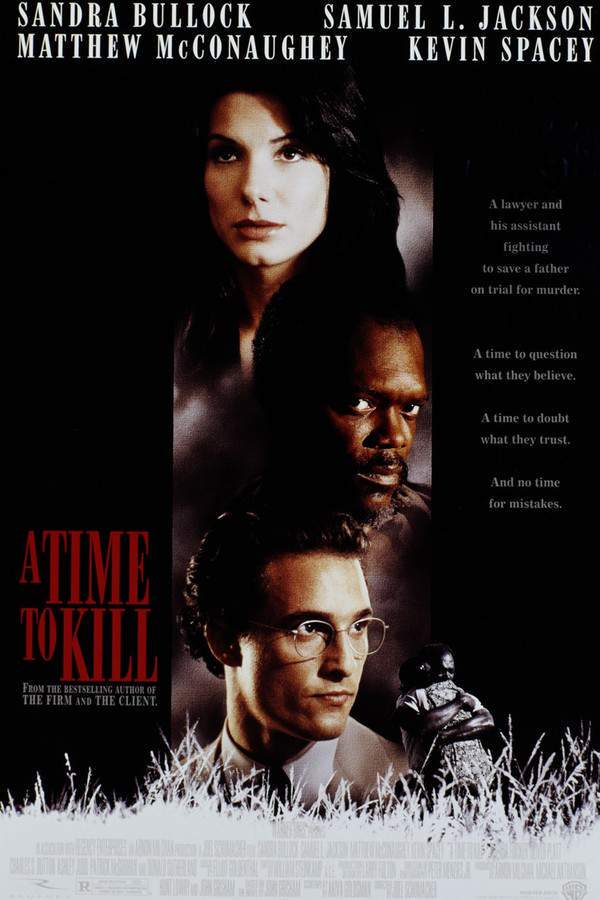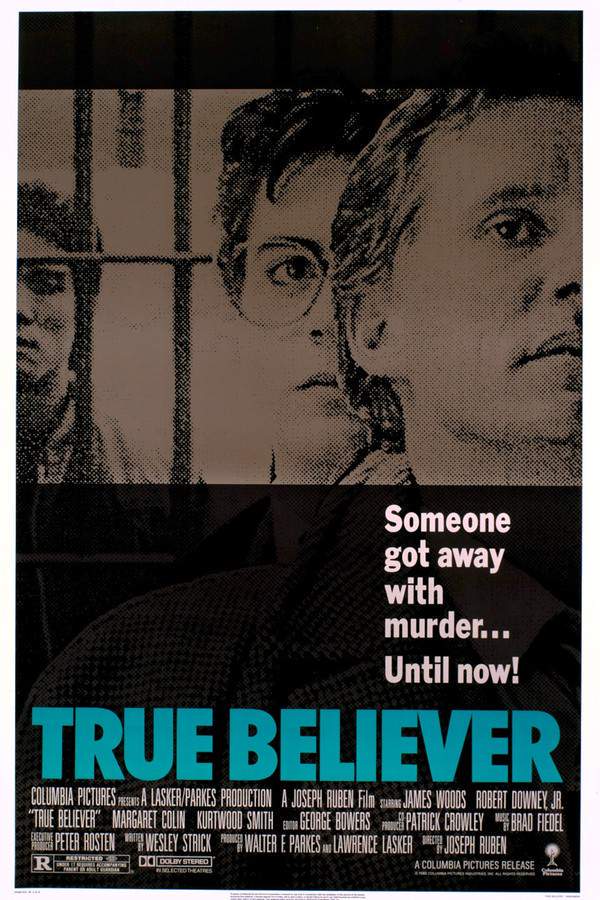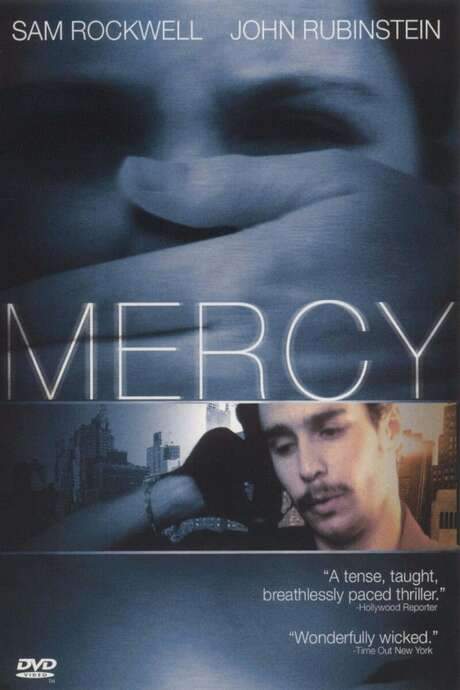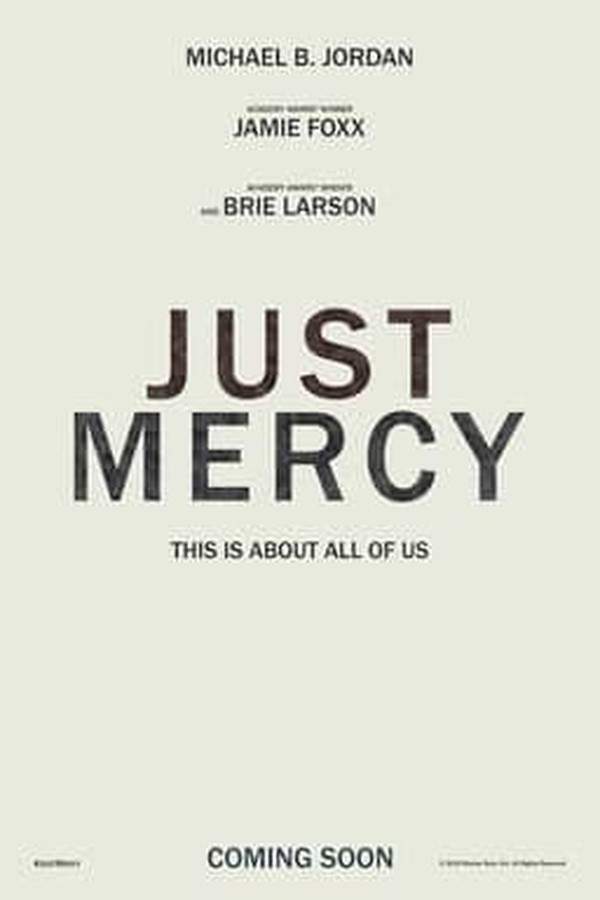
Just Mercy
A gifted lawyer, Bryan Stevenson, forsakes a promising career to champion the rights of those wrongly accused or denied justice in Alabama. Partnering with local advocate Eva Ansley, he takes on the case of Walter McMillian, a man sentenced to death despite compelling evidence proving his innocence. Stevenson and Ansley face significant challenges as they fight to overturn the conviction and expose the flaws in the justice system, determined to secure Walter’s freedom and reveal the truth.
Warning: spoilers below!
Haven’t seen Just Mercy yet? This summary contains major spoilers. Bookmark the page, watch the movie, and come back for the full breakdown. If you're ready, scroll on and relive the story!
Just Mercy (2019) – Full Plot Summary & Ending Explained
Read the complete plot breakdown of Just Mercy (2019), including all key story events, major twists, and the ending explained in detail. Discover what really happened—and what it all means.
In 1989, an idealistic young Harvard law graduate, Bryan Stevenson, journeys to Alabama with the noble intention of providing legal assistance to those unable to afford proper representation. His mission involves confronting social injustices prevalent in the criminal justice system, particularly those that have led to the disproportionate incarceration of African Americans across the state and the country. Many individuals find themselves wrongfully convicted, not due to any actual evidence, but rather because they either lack legal representation or receive inadequate counsel. This grim reality has allowed prosecutors to pursue capital punishment, even in cases lacking grievous offenses.
Unfazed by the threats that his mother forewarns about regarding his safety in Alabama, Stevenson is determined to make a difference. He partners with Eva Ansley to establish the Equal Justice Initiative, which seeks to support marginalized clients, including those on death row. During his initial meetings at the prison, Bryan faces skepticism from the guards, who disrespect him as they strip-search him before allowing him to engage with the inmates.
Among those he seeks to help is Walter “Johnny D.” McMillian, an African American man wrongfully convicted of the 1986 murder of Ronda Morrison, a young white woman. Walter’s life, previously filled with promise with his own pulping business and a supportive family, is shattered when Sheriff Tate arrests him. He recalls a painful truth: in Alabama, an African American is deemed guilty from birth. With no forensic evidence linking him to the crime, Walter’s conviction stems from the unreliable testimony of a convicted felon, Ralph Myers, who provides conflicting accounts only to seek leniency in his own trial.
Stevenson meticulously investigates the case, learning that Myers’s testimony, which had a significant impact on the trial, was corroborated by another witness, Bill Hooks. Though the investigation revealed serious inconsistencies, the legal system moved forward harshly against Walter. Despite the support of Walter’s family, including his wife, Minnie, who claims Walter was at a BBQ during the time of the murder, the judicial system ignored their pleas. Initially seeking assistance from Tommy Chapman, the prosecutor dismisses Stevenson’s arguments without due consideration.
As Stevenson continues to uncover the truth, he faces threats and attacks from local law enforcement, illustrating the risks involved in challenging the status quo of a deeply flawed system. His dedication extends beyond Walter’s case to improve the conditions for others, like Herbert Lee Richardson, another death row inmate whose case faced a dire outcome due to lack of representation and mental health considerations.
As the story progresses, Stevenson confronts Myers, who reveals the coercion behind his testimony. The emotional weight of the struggle weighs heavily on Stevenson, especially as he witnesses an execution firsthand, bringing the harsh realities of his work to light. However, hope emerges when Stevenson manages to gather substantial evidence pointing to the unreliable nature of Myers’s testimony.
Appearing on national television to garner public support, Stevenson appeals for a retrial. His unwavering persistence ultimately leads to a significant moment when Chapman unexpectedly joins him in this motion. In a triumphant yet emotional courtroom scene, McMillian’s conviction is overturned, allowing him to reunite with his family after years of wrongful imprisonment.
The story concludes with a powerful epilogue, showing that both Stevenson and Ansley continue their relentless quest for justice. McMillian remains a cherished part of Stevenson’s life until his passing in 2013. Subsequent investigations revealed further evidence of McMillian’s innocence, suggesting that a white individual was likely responsible for the crime, although it remains officially unresolved. Meanwhile, the fight against injustice continues, as Stevenson successfully helps another wrongfully convicted individual, Anthony Ray Hinton, gain his freedom after decades on death row.
Last Updated: November 08, 2024 at 00:13
Ending Explained – What Happens at the End of Just Mercy?
Still wondering what the ending of Just Mercy (2019) really means? Here’s a spoiler-heavy breakdown of the final scene, major twists, and the deeper themes that shape the film’s conclusion.
At the end of Just Mercy, Bryan Stevenson’s relentless efforts lead to the exoneration of Walter McMillan, who has been wrongly imprisoned for nearly five years due to a deeply flawed and racially biased justice system. The film concludes with a sense of hope, suggesting that despite systemic injustices, there are mechanisms—like dedicated advocates and legal checks—that can eventually correct wrongful convictions. McMillan’s case is a powerful reminder of these possibilities, and his eventual freedom symbolizes the potential for justice to triumph over prejudice when someone fights tirelessly on behalf of the innocent.
However, the film also subtly underscores a darker reality: the death penalty remains a cruel and unjust practice, especially considering that wrongful convictions can and do lead to executions. The only person executed in the film, Herbert Richardson, is depicted as a tragic figure whose mental health issues, exacerbated by his wartime trauma, contributed to his crime. His execution, portrayed with emotional weight, emphasizes the inhumanity of capital punishment and the systemic errors it facilitates. The film’s final message about the death penalty is complex—while it condemns the practice as cruel and flawed, it also shows that the only actual execution shown was of a guilty man, raising questions about justice and morality. This duality leaves viewers contemplating whether the legal system truly delivers justice or perpetuates brutality.
Ultimately, Just Mercy invites audiences to reflect on the ongoing racial and procedural injustices within the American legal system. It highlights how systemic biases and failures have wrongfully condemned innocent people like McMillan, demonstrating that reform is necessary. Yet, it also subtly conveys that progress is possible through perseverance and advocacy, even if the broader system remains deeply flawed. The closing statistic—that one person is exonerated for every nine executions—reminds viewers of the grave risks of capital punishment and the many innocent lives that are vulnerable within this unjust system. The film’s hopeful yet sobering ending urges us to remain vigilant and committed to meaningful change, acknowledging that while justice can sometimes be achieved, many stories of wrongful conviction and systemic failure continue to unfold behind the scenes.
Last Updated: June 25, 2025 at 08:58
Explore Movie Threads
Discover curated groups of movies connected by mood, themes, and story style. Browse collections built around emotion, atmosphere, and narrative focus to easily find films that match what you feel like watching right now.
True Stories of Fighting Injustice like Just Mercy
Gripping true stories of individuals fighting against a corrupt system.For viewers seeking movies like Just Mercy, this list features powerful dramas based on true events. These films share a focus on social justice, legal battles against systemic corruption, and the inspiring perseverance of individuals determined to expose the truth, offering a similar tense and hopeful viewing experience.
Narrative Summary
These narratives typically follow a protagonist, often a lawyer, journalist, or activist, as they methodically investigate a grave injustice. They face institutional resistance and personal risk, building their case piece by piece against a steady, procedural pacing. The climax is not an action set piece but a legal or moral victory that, while significant, often underscores the ongoing nature of the systemic problem.
Why These Movies?
They are grouped by their shared foundation in real events, their focus on exposing corruption or bias within powerful systems, and their emotionally heavy tone that balances tense, high-stakes drama with a thread of hopeful determination.
Movies with Bittersweet Endings like Just Mercy
Stories where a hard-won success is shadowed by lasting scars.If you liked the poignant ending of Just Mercy, this collection features dramas where the emotional journey leads to a bittersweet conclusion. These films deliver a sense of hard-earned hope or justice, but also honestly address the lasting pain and unresolved issues, resulting in a powerfully realistic and heavy emotional impact similar to Just Mercy.
Narrative Summary
The journey in these films involves overcoming immense obstacles, often life-and-death struggles, leading to a pivotal success for the main characters. However, the resolution deliberately highlights what was lost along the way or the broader problems that remain unsolved. This narrative pattern emphasizes realism and emotional complexity over a simple, happy ending.
Why These Movies?
They are united by their shared emotional arc: a blend of hope and sorrow, triumph and tragedy. The dominant mood is heavy, and the endings are specifically crafted to be bittersweet, leaving the viewer with a mix of relief and sober reflection.
Unlock the Full Story of Just Mercy
Don't stop at just watching — explore Just Mercy in full detail. From the complete plot summary and scene-by-scene timeline to character breakdowns, thematic analysis, and a deep dive into the ending — every page helps you truly understand what Just Mercy is all about. Plus, discover what's next after the movie.
Just Mercy Timeline
Track the full timeline of Just Mercy with every major event arranged chronologically. Perfect for decoding non-linear storytelling, flashbacks, or parallel narratives with a clear scene-by-scene breakdown.

Characters, Settings & Themes in Just Mercy
Discover the characters, locations, and core themes that shape Just Mercy. Get insights into symbolic elements, setting significance, and deeper narrative meaning — ideal for thematic analysis and movie breakdowns.

Just Mercy Ending Explained
What really happened at the end of Just Mercy? This detailed ending explained page breaks down final scenes, hidden clues, and alternate interpretations with expert analysis and viewer theories.

Just Mercy Spoiler-Free Summary
Get a quick, spoiler-free overview of Just Mercy that covers the main plot points and key details without revealing any major twists or spoilers. Perfect for those who want to know what to expect before diving in.

More About Just Mercy
Visit What's After the Movie to explore more about Just Mercy: box office results, cast and crew info, production details, post-credit scenes, and external links — all in one place for movie fans and researchers.

Similar Movies to Just Mercy
Discover movies like Just Mercy that share similar genres, themes, and storytelling elements. Whether you’re drawn to the atmosphere, character arcs, or plot structure, these curated recommendations will help you explore more films you’ll love.
Explore More About Movie Just Mercy
Just Mercy (2019) Scene-by-Scene Movie Timeline
Just Mercy (2019) Movie Characters, Themes & Settings
Just Mercy (2019) Ending Explained & Theories
Just Mercy (2019) Spoiler-Free Summary & Key Flow
Movies Like Just Mercy – Similar Titles You’ll Enjoy
True Justice: Bryan Stevenson's Fight for Equality (2019) Story Summary & Characters
Murder to Mercy: The Cyntoia Brown Story (2020) Plot Summary & Ending Explained
Clemency (2019) Full Summary & Key Details
Anatomy of a Murder (1959) Ending Explained & Film Insights
Dead Man Walking (1995) Movie Recap & Themes
Conviction (2010) Full Movie Breakdown
Just Cause (1995) Plot Summary & Ending Explained
...and justice for all. (1979) Complete Plot Breakdown
A Time to Kill (1996) Complete Plot Breakdown
True Believer (1989) Detailed Story Recap
The Exonerated (2006) Spoiler-Packed Plot Recap
Immensity of Justice (2006) Detailed Story Recap
Heavens Fall (2006) Complete Plot Breakdown
Mercy (1995) Full Movie Breakdown
Ghosts of Mississippi (1996) Spoiler-Packed Plot Recap



